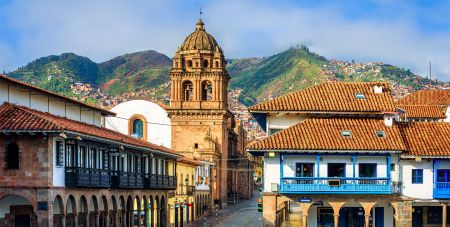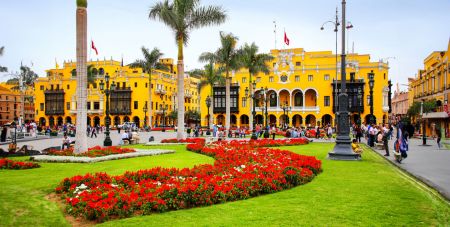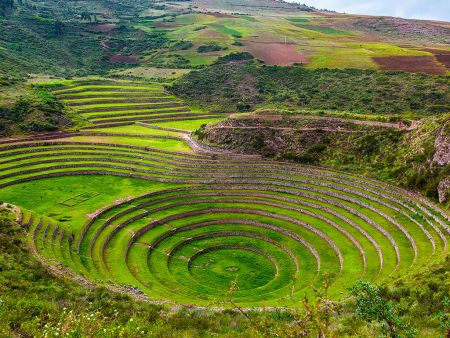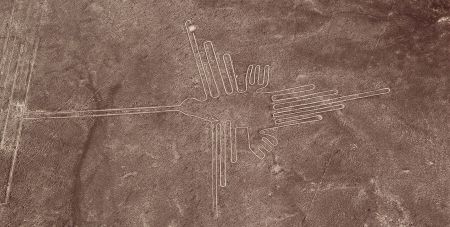Nazca Lines: Understanding the Phenomenal Geoglyphs
Unveiling the Mysteries of the Nazca Lines: Explore the enigmatic ancient geoglyphs etched into the Nazca Desert in Peru. Discover the rich history, theories, and awe-inspiring beauty of these massive drawings that have puzzled scientists and travelers for centuries. Embark on a virtual journey as we unravel the secrets behind these intricate and mysterious lines, offering a captivating glimpse into the ancient Nazca civilization. Get ready to be amazed!

In the arid plains of the Peruvian desert, a collection of ancient diagrams, known as the Nazca Lines, have intrigued historians and archaeologists for decades. These enormous geoglyphs, drawn onto the ground's surface, are a fascinating testament to the creative and technological prowess of an ancient civilization. They range from simple geometric designs to complex figures of animals, plants, and humans, all etched with remarkable precision.
Despite being created between 500 BCE and 500 CE, they have withstood the test of time, largely due to the arid climate and isolation of the region. The Nazca Lines are not merely a collection of intriguing designs; they are a window into the past, providing insights into the beliefs, knowledge, and skills of a long-gone civilization.
From the ground, these lines appear as mere furrows in the desert. However, from the sky, their true magnitude unfolds. Their sheer size and precision have led to a plethora of theories about their purpose and the methods used in their creation.
The History of the Nazca Lines
The Nazca Lines were created by the Nazca people, an ancient Peruvian civilization that flourished between 100 BCE and 800 CE. The Nazca were master potters, weavers, and builders, known for their intricate ceramics, textiles, and underground aqueducts. However, their most enduring legacy remains the mysterious geoglyphs etched into the desert floor.
The geoglyphs were created by removing the reddish-brown iron oxide-coated pebbles that cover the desert surface, revealing the light-colored earth underneath. Despite their grand scale, the lines are remarkably shallow, only about four to six inches deep.
It's believed that the creation of these lines required a community effort, spanning over several generations. The process must have demanded not only labor but also an understanding of basic principles of geometry and geography.
The Mystery Behind the Creation of the Nazca Lines
The creation of the Nazca Lines is a phenomenon shrouded in mystery. Considering their enormous scale and precision, it's hard to believe they were created without a bird's eye view. However, the Nazca civilization did not possess the technology for flight, which leads to the question: How were they able to create these intricate designs with such accuracy?
Some theories suggest that the Nazca people used simple tools and techniques, combined with an understanding of mathematics and astronomy. They may have mapped out the designs on a small scale and then used ropes and stakes to transfer the designs to the desert floor.
Another theory proposes that the Nazca people may have used the surrounding hills as natural vantage points. From these elevated positions, they could oversee the creation of the lines, thus ensuring their accuracy.
Customize Your Dream Vacation!
Get in touch with our local experts for an unforgettable journey.
Plan Your TripThe Significance of the Nazca Lines
The significance of the Nazca Lines goes beyond their artistic and technological marvel. They also hold cultural and religious importance. It's widely believed that the Nazca Lines were a way for the Nazca people to communicate with their deities.
Many of the figures represent animals, such as the monkey, hummingbird, and spider, which held symbolic significance in Nazca culture. For example, the spider is a symbol of water and fertility, essential elements in the arid Nazca environment.
Additionally, some lines seem to align with celestial bodies and events, leading to theories that they served astronomical purposes. They could have been used as calendars or to predict seasonal changes, crucial for agriculture and survival in the harsh desert climate.
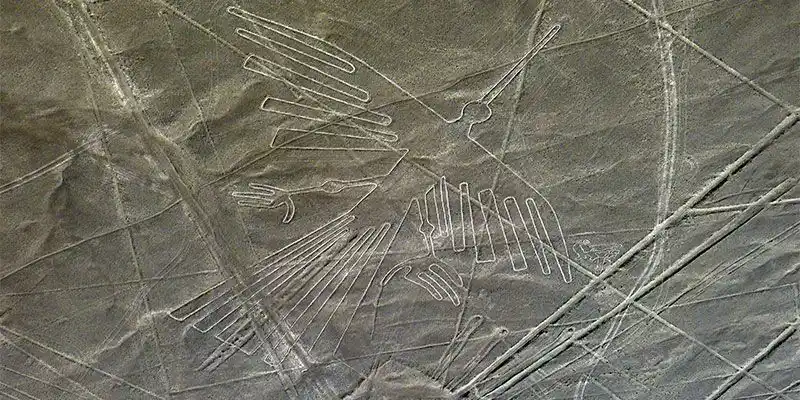
Theories About the Nazca Lines
Over the years, numerous theories have been proposed to explain the purpose of the Nazca Lines. Some argue that they are a form of ancient art, while others believe they were used for rituals or ceremonies.
One of the most popular theories is that the lines served as a giant astronomical calendar. The Nazca people could have used them to track the sun, moon, and stars, thus determining the optimal time for planting and harvesting crops.
Another theory suggests that the lines were a part of elaborate rituals to appease the gods and bring rain. The desert's aridity and the presence of water symbols in the geoglyphs lend some credence to this theory.
The Nazca Lines: From the Ground and from the Sky
The Nazca Lines are a wholly different spectacle when viewed from the ground and from the sky. From the ground level, they appear as a series of lines and shapes, their full forms obscured by their sheer size. However, from the sky, their grandeur is revealed.
This dichotomy has led to various speculations about the Nazca people's aerial capabilities. While there is no concrete evidence to support this, the idea of ancient hot-air balloons or gliders has been proposed.
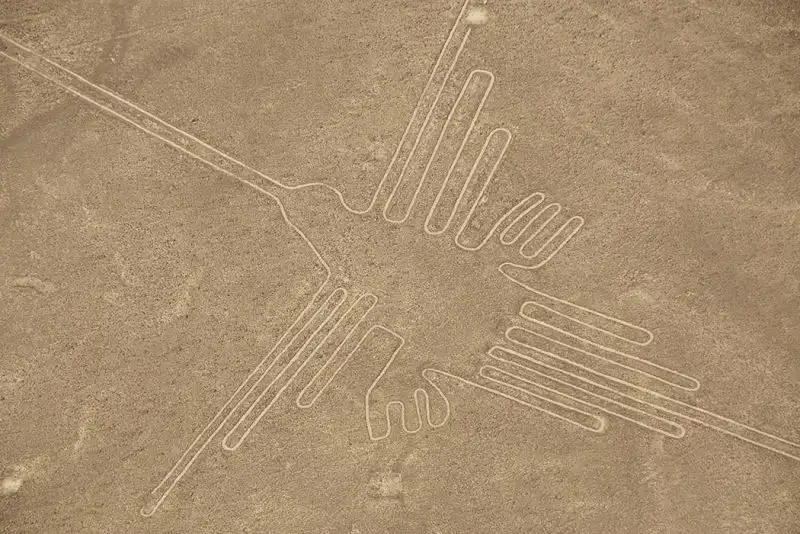
The Preservation of the Nazca Lines
The preservation of the Nazca Lines is a testament to the region's aridity and isolation. The lack of rain and wind has ensured that these shallow lines remain visible, even after centuries.
However, the lines are vulnerable to human and natural disruptions. Over the years, they have suffered damage due to human activities such as tourism and infrastructure development. Therefore, it's crucial that efforts are made to preserve and protect these ancient wonders for generations to come.
The Role of the Nazca Lines in Cultural Heritage
The Nazca Lines are an integral part of Peruvian and world cultural heritage. They provide valuable insights into an ancient civilization's beliefs, knowledge, and skills. Moreover, they serve as a reminder of humanity's ability to create monumental works of art, even with limited resources.
The Nazca Lines were declared a UNESCO World Heritage Site in 1994. This recognition has helped raise global awareness about their importance and the need for their preservation.
Visiting Nazca Lines: What to Expect
A visit to the Nazca Lines is a journey into the past. The trip offers a unique opportunity to witness the artistic and scientific achievements of an ancient civilization.
From the ground level, visitors can explore the surrounding desert and get a close look at the lines. However, to appreciate their full magnificence, a flight tour is highly recommended. As you soar above the desert, the lines come to life, revealing their intricate designs and mind-boggling precision.
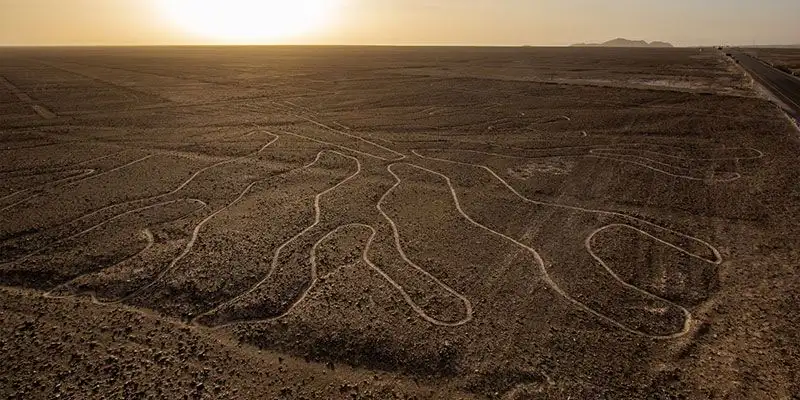
Visiting the Nazca Lines: Travel Tips
When planning a trip to the Nazca Lines, there are a few things to keep in mind. Since direct flights to Nazca are not available, most visitors fly into Lima and then take a bus or car to Nazca.
The best time to visit is from June to August, during the dry season. During this period, the visibility is excellent, making it the perfect time for a flight tour.
Wear comfortable clothing and shoes, as the desert can get hot during the day and cold at night. Do not forget to bring a hat, sunglasses, and sunscreen to protect yourself from the sun.
Lastly, please respect the site and its surroundings. Remember that these lines have survived for centuries and are a valuable part of our shared cultural heritage.
The Enduring Enigma of the Nazca Lines
The Nazca Lines are a testament to the creativity, ingenuity, and perseverance of the Nazca people. Despite the numerous theories and studies, they remain an enduring enigma, their true purpose shrouded in mystery.
However, their mystery only adds to their allure, making them a must-visit destination for history buffs, adventure seekers, and anyone intrigued by the mysteries of the ancient world. So, plan your trip to Peru, and come unravel the mysteries of the Nazca Lines!



